

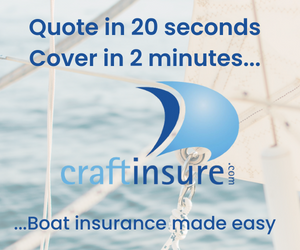
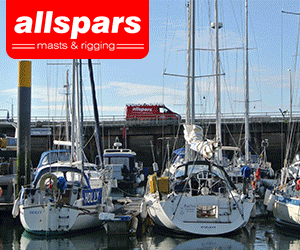





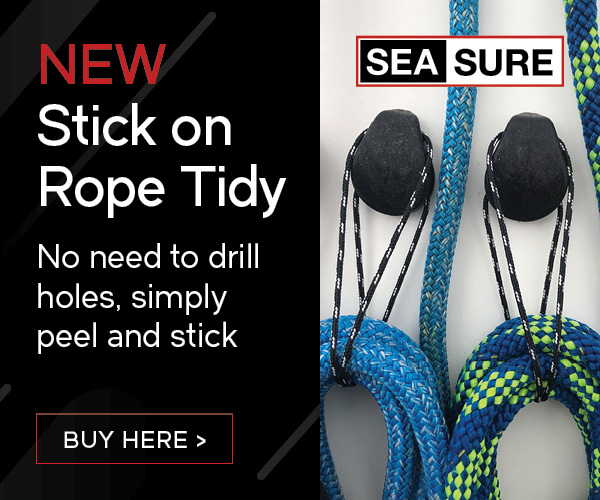
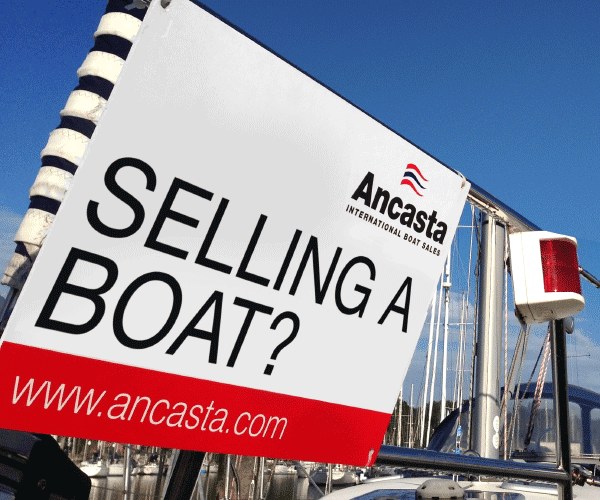


Boats for sale
| Laser 140101 Tynemouth |
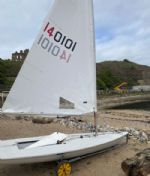 |
| Rossiter Pintail Mortagne sur Gironde, near Bordeaux |
 |
| Laser 28 - Excellent example of this great design Hamble le rice |
 |
List classes of boat for sale |
Personal Flotation Device |
Post Reply 
|
Page <12 |
| Author | |
Strangler 
Posting king 

Joined: 24 Mar 06 Location: United Kingdom Online Status: Offline Posts: 154 |
 Post Options Post Options
 Quote Quote  Reply Reply
 Topic: Personal Flotation Device Topic: Personal Flotation DevicePosted: 10 Jun 13 at 11:20pm |
|
From Hornet Mainsheet Nov 2007
If you have attended any international events in the last couple of years you may have undergone the buoyancy test. No, not a dunking stool for crews, a check of your buoyancy aid by event measurers. And like most things this practice may well filter down to domestic events very soon. So how do you avoid falling foul of the rules? The aid must conform to the correct Standard. In Europe this is EN393, introduced in 1994, superceded by the more rigorous BS EN ISO 12402-5 in 2006. The standard requires the aid to meet a 50 Newton requirement but in the wacky world of standards a 50 Newton aid is not necessarily 50N. The standard permits a reduction in buoyancy for lower body weights—too much buoyancy can be a hindrance in dinghy sailing. A size Small will be 40N or 45N depending on manufacturer and their recommended weight for that size. The ISAF website says: RECOMMENDATION - EN 393, 50N - BS EN ISO 12402-5 Typical SIAll competitors shall wear personal flotation devices at all times whilst racing. The devices should be in good condition and in accordance with the current specifications issued or approved by a National Authority affiliated to the International Sailing Federation, or a Standards Organisation or Certification Authority recognised for that purpose by its respective government. Some older aids may just say CE 50 Newton buoyancy aid. This appears to be currently accepted by measurers. The aid must also be in reasonable condition ie. still function properly and the label must be legible showing the above info. So check your equipment and add it to your birthday pressy list if necessary. Just one more thing; flexible foams, like all manmade plastics including neoprene in wetsuits and tyres, and polyesters and nylons in ropes, have plasticizers which degrade over time and so the product goes hard; In the case of foam, it starts to crumble. So, if you have a buoyancy aid or trailer tyres more than 5-6 years old, especially if they’ve been used in warm, sunny conditions, they will have reduced flexibility and performance, so that’s another reason to extend your pressy list! I am amazed by the number of people I see still sailing with the old air-filled aids with the sausage strings of air cells [ banned for racing. Ed] all totally deflated from rolling their boats on them or using them for cushions on the beach, or so old they’ve gone hard and cracked, (the aid that is), but still expecting them to do the job they were designed for! |
|
 |
|
Post Reply 
|
Page <12 |
| Forum Jump | Forum Permissions  You cannot post new topics in this forum You cannot reply to topics in this forum You cannot delete your posts in this forum You cannot edit your posts in this forum You cannot create polls in this forum You cannot vote in polls in this forum |
Bulletin Board Software by Web Wiz Forums® version 9.665y
Copyright ©2001-2010 Web Wiz
Change your personal settings, or read our privacy policy
Copyright ©2001-2010 Web Wiz
Change your personal settings, or read our privacy policy











 Printable Version
Printable Version Delicious
Delicious Digg
Digg Facebook
Facebook Furl
Furl Google
Google MySpace
MySpace Newsvine
Newsvine reddit
reddit StumbleUpon
StumbleUpon Twitter
Twitter Windows Live
Windows Live Yahoo Bookmarks
Yahoo Bookmarks Topic Options
Topic Options